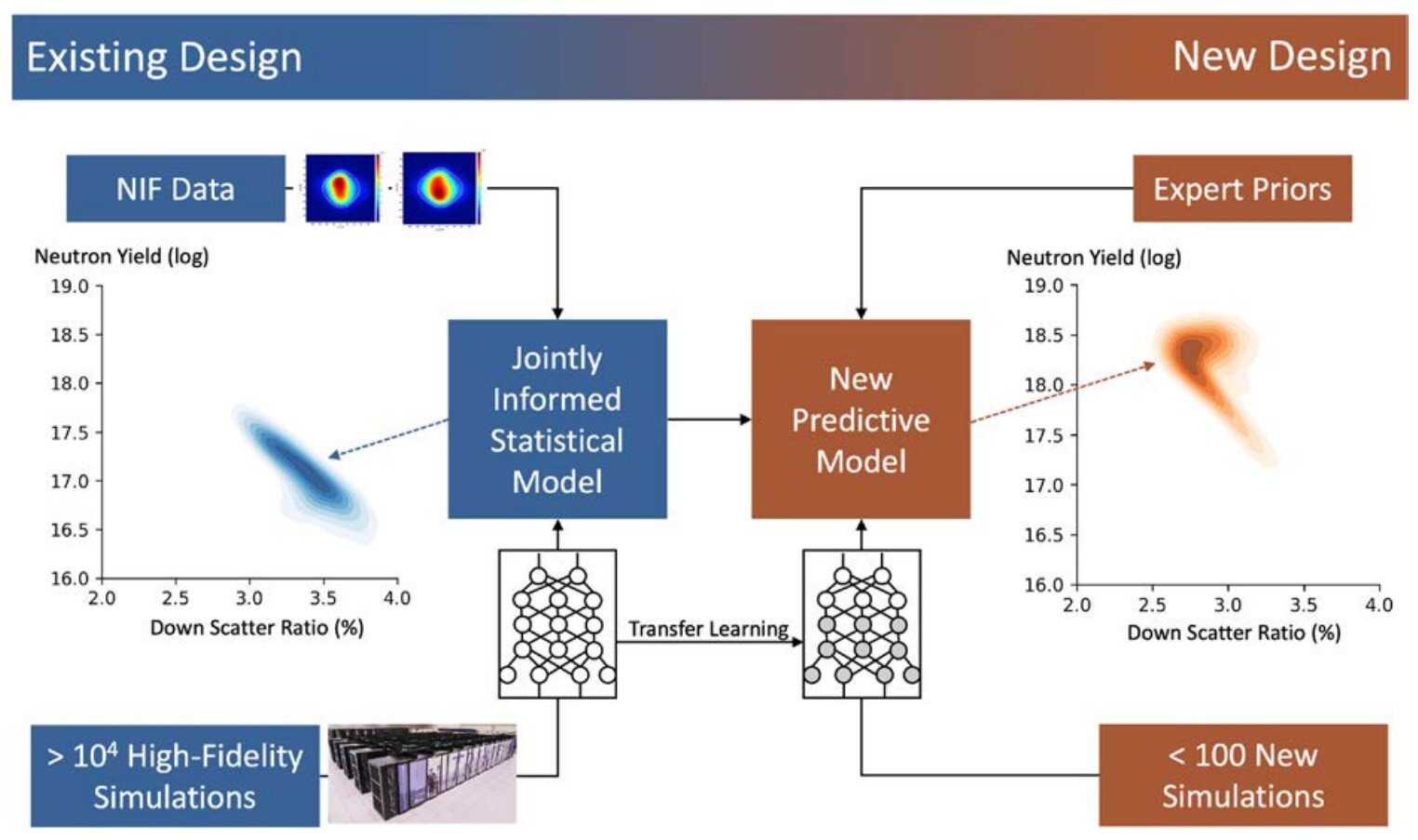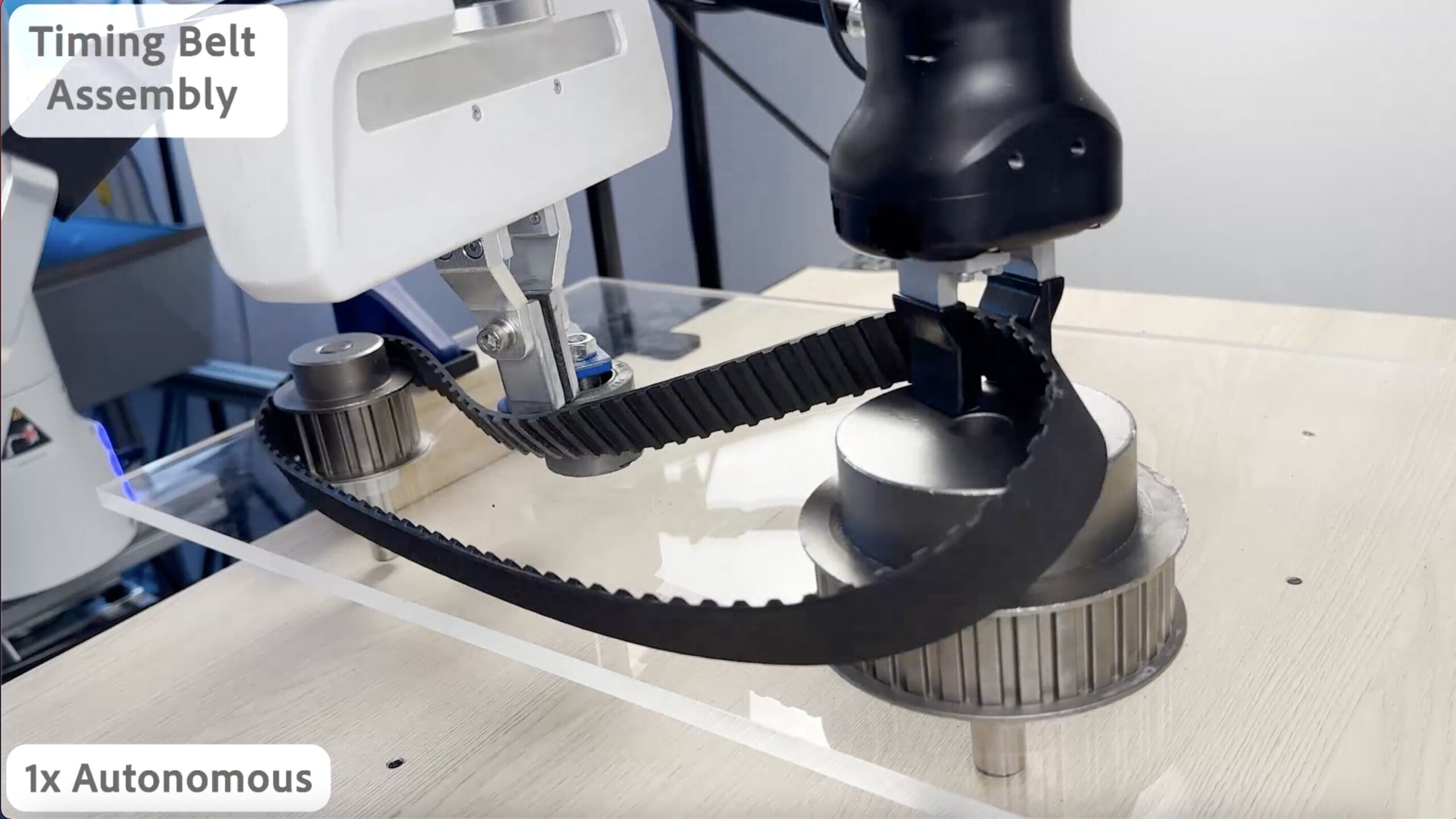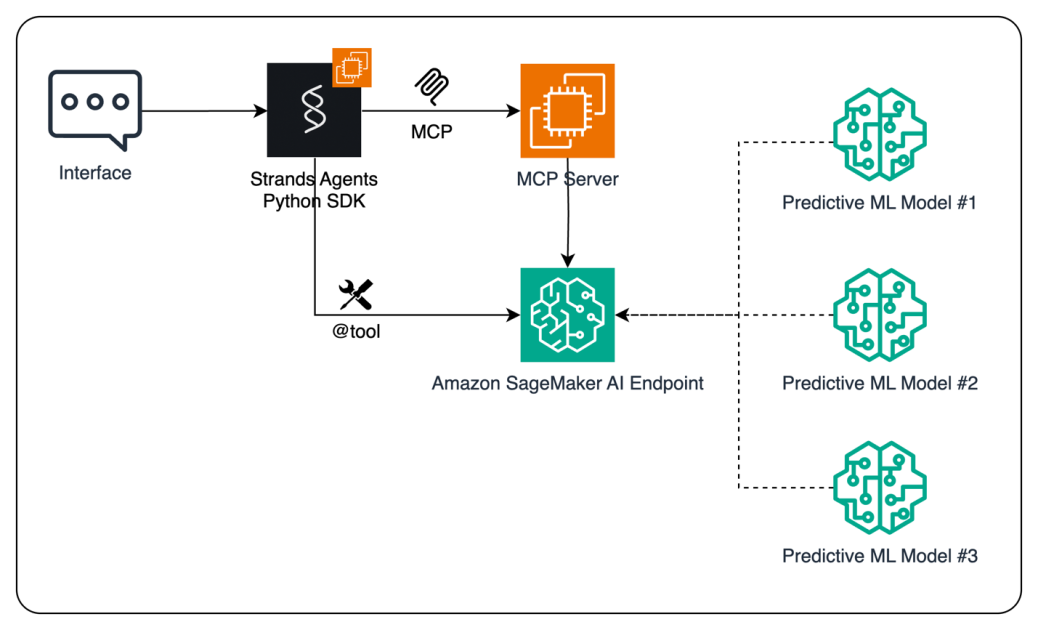Tyson Foodservice operates as a critical division within Tyson Foods Inc., using its extensive protein production capabilities to supply a diverse array of foodservice clients across multiple sectors. As one of the largest protein providers in the US, Tyson Foods produces approximately 20% of the nation’s beef, pork, and chicken, which forms the foundation of

New AI model advances fusion power research by predicting the success of experiments
Practical fusion power that can provide cheap, clean energy could be a step closer thanks to artificial intelligence. Scientists at Lawrence Livermore National Laboratory have developed a deep learning model that accurately predicted the results of a nuclear fusion experiment conducted in 2022. Accurate predictions can help speed up the design of new experiments and accelerate the quest for this virtually limitless energy source.
In a paper published in Science, researchers describe how their AI model predicted with a probability of 74% that ignition was the likely outcome of a small 2022 fusion experiment at the National Ignition Facility (NIF). This is a significant advance as the model was able to cover more parameters with greater precision than traditional supercomputers.
Currently, nuclear power comes from nuclear fission, which generates energy by splitting atoms. However, it can produce radioactive waste that remains dangerous for thousands of years. Fusion generates energy by fusing atoms, similar to what happens inside the sun. The process is safer and does not produce any long-term radioactive waste. While it is a promising energy source, it is still a long way from being a viable commercial technology.
To achieve fusion, scientists need to constantly design and run expensive and complex experiments. However, traditional supercomputer simulations can’t predict all the physics involved and struggle to forecast the results of new, untested designs. This is where AI is potentially a game-changer.
To develop their model, the scientists built a dataset of over 150,000 computer simulations. You can think of it as a huge library of virtual experiments. They then trained deep neural networks to learn from this library, enabling them to quickly predict results that full-scale simulations would have produced. To make the predictions more accurate, the team used a statistical method called Bayesian inference to combine the simulation results with real-world experimental data.
“Our predictive model combines data and complex physics simulations to make ICF (inertial confinement fusion) performance predictions when extrapolated to experimentally untested regimes,” wrote the scientists in their research paper.
The search for fusion power has been going on for decades, and no one knows when it will become a reality. So any tool that can accelerate this process is a welcome one. By enabling researchers to rapidly and accurately test their experimental designs in advance, this AI model could save significant time and research dollars, bringing the world closer to a future powered by clean, limitless energy.
Written for you by our author Paul Arnold, edited by Gaby Clark, and fact-checked and reviewed by Robert Egan—this article is the result of careful human work. We rely on readers like you to keep independent science journalism alive. If this reporting matters to you, please consider a donation (especially monthly). You’ll get an ad-free account as a thank-you.
More information: Brian K. Spears et al, Predicting fusion ignition at the National Ignition Facility with physics-informed deep learning, Science (2025). DOI: 10.1126/science.adm8201
© 2025 Science X Network
Citation: New AI model advances fusion power research by predicting the success of experiments (2025, August 20) retrieved 20 August 2025 from https://phys.org/news/2025-08-ai-advances-fusion-power-success.html
This document is subject to copyright. Apart from any fair dealing for the purpose of private study or research, no part may be reproduced without the written permission. The content is provided for information purposes only.



